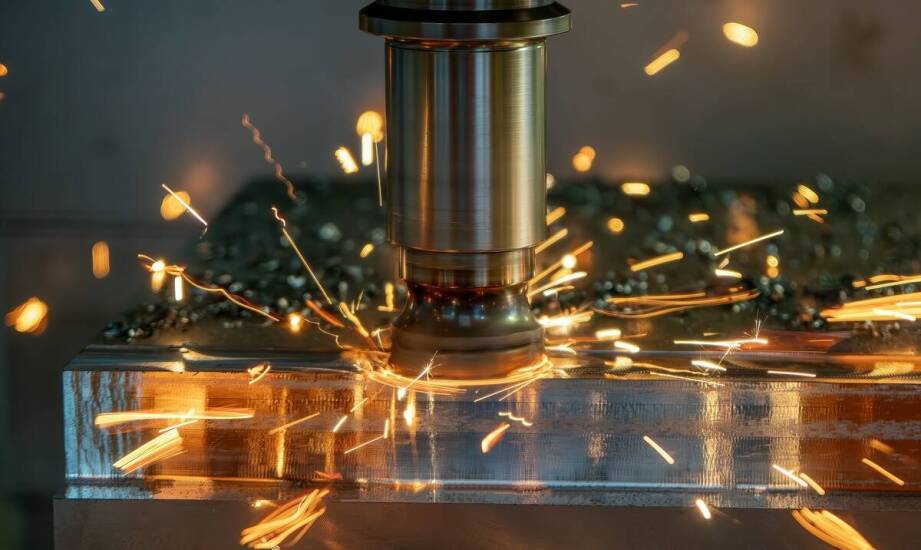Sponsored article
What is metal deburring?

Metal deburring is an important step in material processing to eliminate excess raw material and smooth the surface. This process plays a key role in various sectors, such as the automotive and aviation industries, where precision and quality are essential. Understanding the basics of deburring allows one to appreciate its importance to the durability and performance of metal products, as will be discussed in the following sections of the article.
Types of deburring methods
There are different methods of metal deburring, which differ in the execution technique and application. The most popular of these are mechanical, chemical and electrochemical deburring. The first one involves the removal of excess material using deburring machines equipped with cutting tools such as wire brushes or diamond discs. It is a relatively cheap and quick method, but can lead to excessive tool wear and generate large amounts of waste. Chemical deburring, on the other hand, is based on controlled corrosion processes, where the excess material is removed using chemical reactants. This technique produces smooth surfaces without the risk of damaging the components. Electrochemical deburring uses an electric current to eliminate excess material, enabling precise shaping of components with complex shapes.
Deburring tools and materials
Choosing the right deburring tools and materials is crucial to achieving the desired results in metalworking. Among the most commonly used tools are burrs, metal brushes and abrasives. Burrs are an essential tool for removing excess material from a metal surface. Metal brushes are used for cleaning components from machining residues. Abrasives such as sandpaper or sanding sponges are used to smooth out surfaces. Selecting the right tools affects the quality of machining and the efficiency of the deburring process, which translates into customer satisfaction and savings in production time and costs.
Impact of deburring on metal properties
The deburring of metals, for which machines are offered by their manufacturer Madora, has a significant impact on the durability and corrosion resistance of the final products. This process removes sharp edges and unevenness, resulting in better stress distribution in the materials. This makes the components less prone to cracking and deformation, which increases their lifespan. In addition, properly carried out deburring improves corrosion resistance by eliminating areas of dirt and moisture accumulation.
The appearance of products is also changing – aesthetics play a key role in market competitiveness. The deburring process produces smooth surfaces with a uniform colour, which affects the perceived quality of the products. Understanding these aspects is essential for manufacturers striving for high quality of their products and customer satisfaction in the metal industry.



